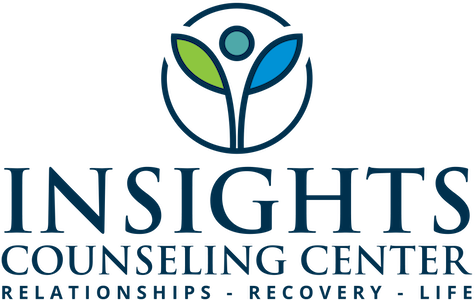Book Review: The Body Keeps the Score by Bessel van der Kolk, M.D.
Healing Trauma from the Inside Out
Few books have reshaped the conversation around trauma quite like The Body Keeps the Score. Written by Dr. Bessel van der Kolk—one of the world’s leading trauma experts—this groundbreaking work explores how trauma imprints itself not only on the mind, but on the body and nervous system as well.
Drawing from over three decades of clinical experience, neuroscience research, and firsthand accounts from survivors, van der Kolk reveals a profound truth: trauma doesn’t stay in the past. It lives in our bodies. It shows up in our relationships, our capacity to feel safe, our ability to regulate emotion, and our physical health. And for real healing to take place, we must include the body in the therapeutic process.
Trauma Is a Whole-Body Experience
Van der Kolk begins by outlining how trauma changes the brain—especially the areas responsible for detecting danger, managing stress, and experiencing emotion. The amygdala, prefrontal cortex, and hippocampus all play key roles in how we store traumatic memories and how we respond to triggers, even years after the trauma occurred.
But the book goes beyond neuroscience. It also dives into the lived experience of trauma survivors—those who have endured abuse, neglect, combat, accidents, systemic oppression, and more. Their stories illustrate what science is just beginning to understand: trauma is not something we "get over." It must be acknowledged, processed, and integrated.
Why Traditional Talk Therapy Isn't Always Enough
One of the most striking themes in The Body Keeps the Score is the recognition that traditional talk therapy, while helpful, often isn’t sufficient for deep trauma healing. Many trauma survivors struggle to find words for what happened. Others become dysregulated just talking about their experiences.
Van der Kolk argues that body-based approaches—such as EMDR (Eye Movement Desensitization and Reprocessing), neurofeedback, yoga, movement, and other somatic therapies—can help rewire the nervous system and create new pathways for healing. These modalities work with the body’s rhythms, breath, and physical sensations to help survivors build regulation and safety from the inside out.
At Insights Counseling Center, these approaches resonate deeply with our trauma work. We recognize that healing doesn’t happen in isolation. It happens in the context of safety, connection, and attunement—and often, through approaches that speak to the body as much as the mind.
What This Book Offers
The Body Keeps the Score offers an accessible blend of science and story. It explains complex neurological concepts in plain language, while honoring the lived experiences of trauma survivors. For therapists, it offers a strong rationale for integrating body-based methods. For clients, it provides language for what they’ve felt all along: “I’m not crazy—my body is reacting to something real.”
Who This Book Is For
This book is a valuable resource for:
Trauma survivors seeking to understand their symptoms and find hope for recovery
Therapists and counselors working to deepen their trauma-informed approach
Family members and supporters of trauma survivors who want to better understand what healing truly involves
Medical or helping professionals who may unknowingly overlook the body's role in emotional recovery
It’s especially affirming for anyone who has been told to “just move on” or felt dismissed when their trauma didn’t fit the mold of a single, dramatic event. Van der Kolk makes space for the nuanced, complex, and often invisible impacts of chronic and developmental trauma.
Hope for the Healing Journey
If you’ve ever wondered why you still feel stuck, anxious, or numb—despite your best efforts—The Body Keeps the Score offers insight and direction. It reminds us that trauma isn’t a life sentence, but it does require care that reaches deeper than talk. Healing, as van der Kolk reminds us, happens through reclaiming a sense of safety, agency, and connection—with others, and with ourselves. Call today to schedule.

